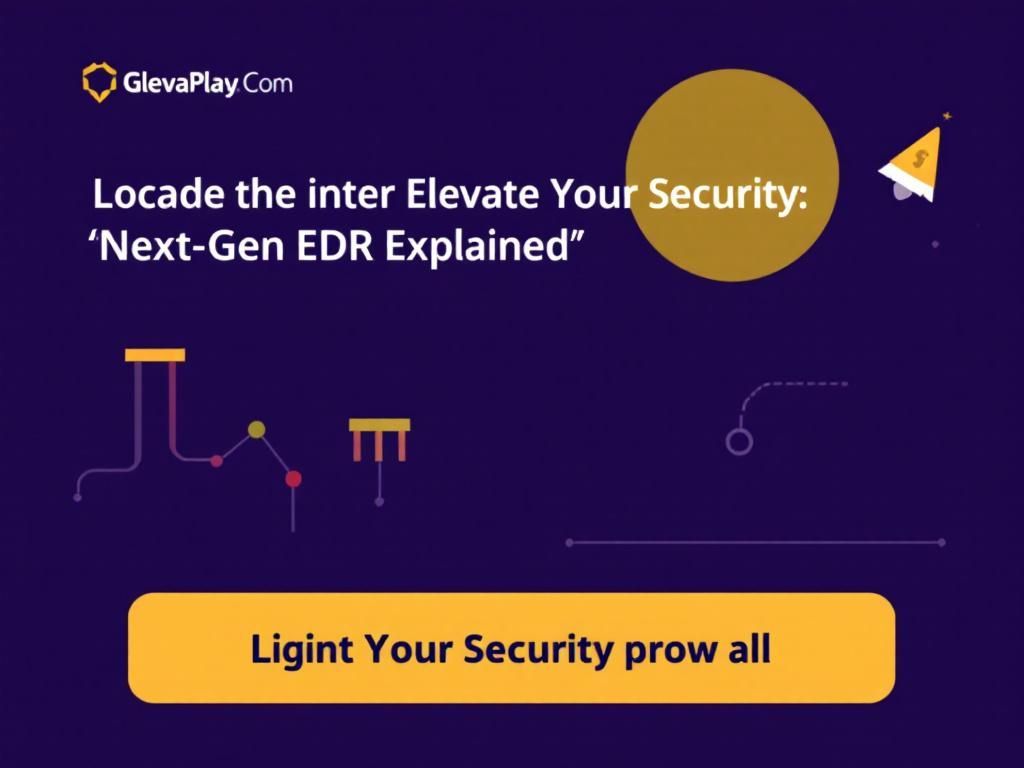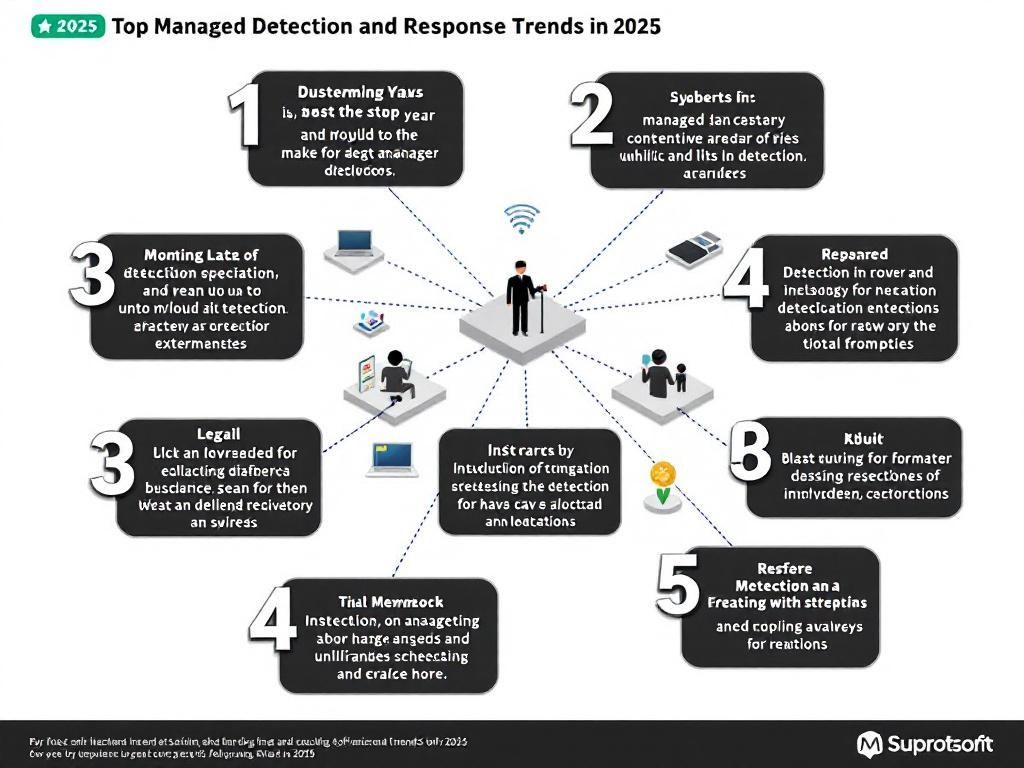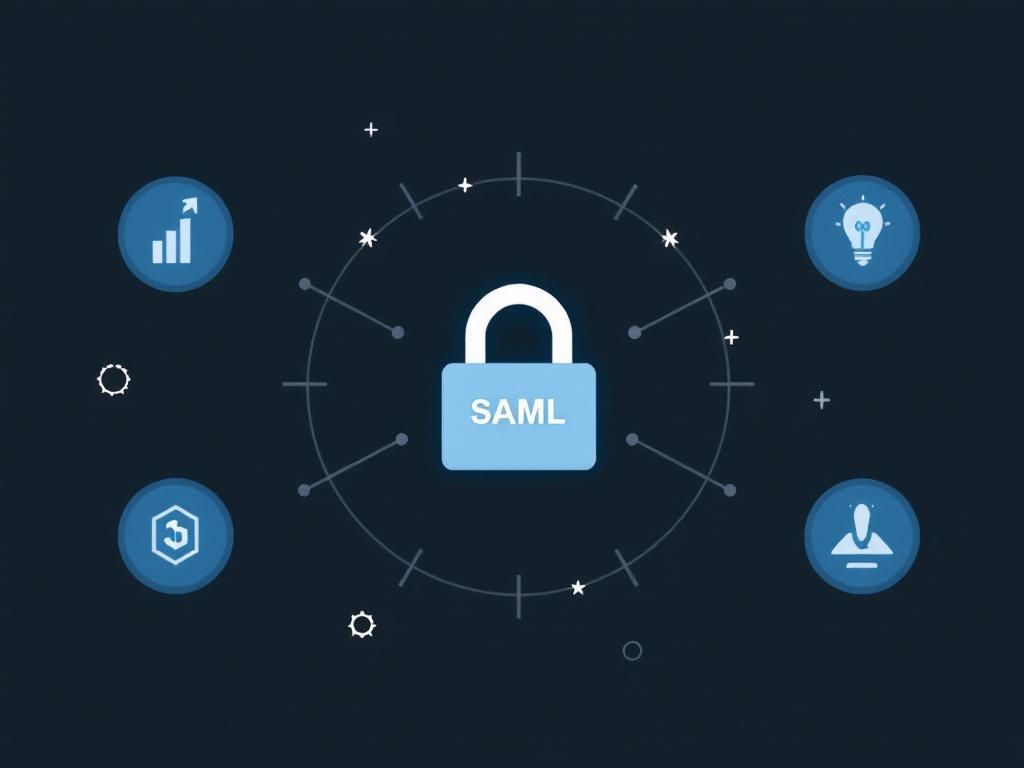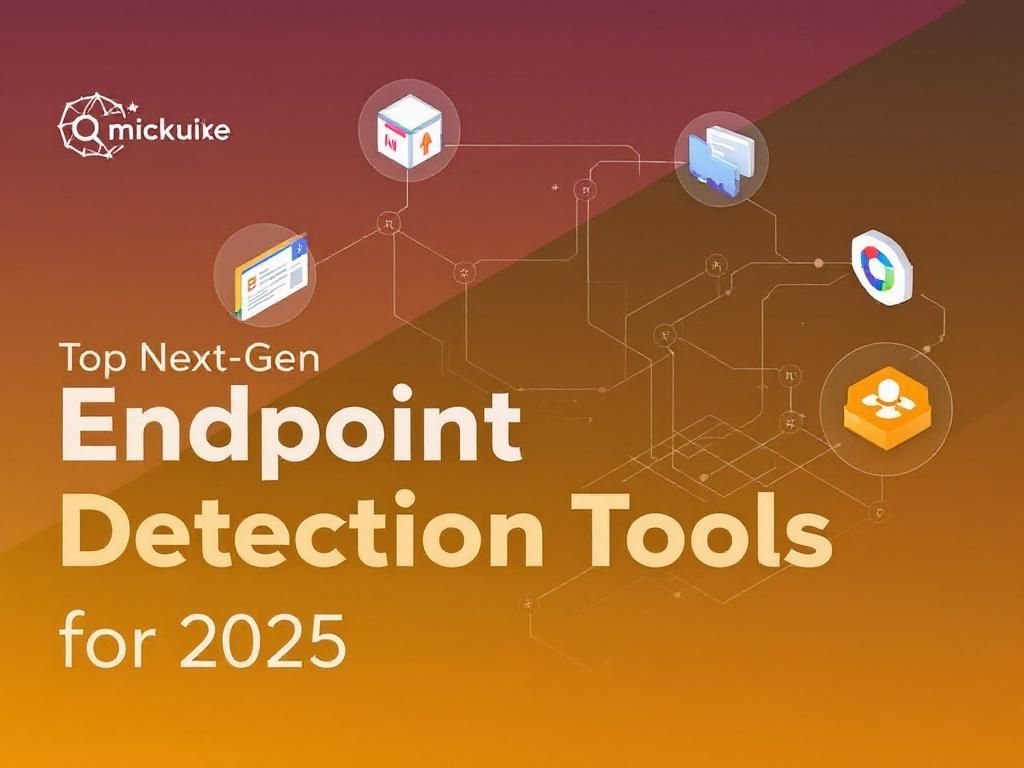Elevate Your Security with Next-Gen EDR Explained
Discover how next-gen EDR solutions can enhance your security posture and protect against advanced threats in today's digital landscape.

In today’s digital landscape, cybersecurity threats are evolving at an alarming rate, prompting businesses to rethink their security strategies. Traditional antivirus software is no longer sufficient to combat sophisticated cyber attacks. Enter Next-Generation Endpoint Detection and Response (EDR), a revolutionary approach designed to provide enhanced protection against advanced threats. This article delves into the intricacies of next-gen EDR, explaining its significance, core features, and how it can elevate your organization’s security posture.
Table of Contents
Understanding EDR: A Brief Overview
Endpoint Detection and Response (EDR) systems focus on detecting, investigating, and responding to threats on endpoints—devices like laptops, desktops, and servers that connect to a network. Traditional EDR solutions primarily relied on signature-based detection methods, which often fell short against polymorphic malware and sophisticated attacks. Next-gen EDR, however, incorporates advanced technologies such as machine learning, behavioral analytics, and threat intelligence to proactively identify and mitigate risks.
Key Features of Next-Gen EDR Solutions
1. Behavioral Analysis
Next-gen EDR tools utilize behavioral analysis to monitor endpoint activities in real-time. By establishing a baseline of normal behavior, these tools can identify anomalies that may indicate a cyber threat.
2. Automated Response Capabilities
Speed is critical when responding to security incidents. Next-gen EDR solutions often include automated response features that can isolate endpoints, terminate malicious processes, or initiate remediation actions without human intervention.
3. Advanced Threat Hunting
Next-gen EDR provides security teams with threat-hunting capabilities, allowing them to proactively search for signs of compromise across endpoints. This is crucial in identifying and mitigating threats before they escalate into broader attacks.
4. Integrative Threat Intelligence
By integrating threat intelligence feeds, next-gen EDR tools can stay updated with the latest threat vectors, enhancing their detection and response capabilities. This allows organizations to respond to emerging threats more effectively.
5. Comprehensive Reporting and Analytics
Next-gen EDR solutions come equipped with robust reporting and analytics features, providing insights into threat patterns, incident response times, and overall endpoint health. These insights are invaluable for improving an organization’s security posture.
Benefits of Implementing Next-Gen EDR
- Enhanced Detection: Improved detection capabilities lead to quicker identification of attacks, reducing dwell time.
- Proactive Defense: With advanced threat hunting and behavioral analytics, organizations can detect threats before they cause damage.
- Improved Incident Response: Automated response capabilities enable faster mitigation of threats, minimizing potential losses.
- Cost Efficiency: Reducing the impact of security incidents can lead to significant cost savings over time.
Challenges in Deploying Next-Gen EDR
While next-gen EDR solutions offer numerous advantages, organizations may face several challenges during deployment:
- Integration with Existing Systems: Incorporating EDR into existing security frameworks can be complex, requiring careful planning and execution.
- Resource Allocation: Organizations may need to allocate additional resources for training staff and managing the EDR solution.
- Data Overload: The vast amount of data generated by EDR solutions can overwhelm teams if not managed properly.
Choosing the Right Next-Gen EDR Solution
Selecting the right next-gen EDR solution for your organization involves several considerations:
| Criteria | Description |
|---|---|
| Scalability | The solution should accommodate growth and handle an increasing number of endpoints. |
| Usability | Look for a user-friendly interface that allows security teams to operate efficiently. |
| Integration | Ensure compatibility with existing security tools and infrastructure. |
| Support & Training | Consider vendors that offer comprehensive support and training resources. |
| Cost | Evaluate the total cost of ownership, including licensing, maintenance, and training costs. |
Case Study: Successful Implementation of Next-Gen EDR
A leading financial institution recently implemented a next-gen EDR solution to enhance its cybersecurity posture. Before the deployment, they experienced frequent phishing attacks and malware infections that disrupted operations.
After conducting a thorough evaluation, they chose an EDR solution based on its advanced threat detection capabilities and seamless integration with their existing infrastructure. Following the implementation:
- The institution reported a 50% reduction in security incidents over six months.
- The average response time to detected threats improved from 2 hours to 15 minutes.
- Security teams were able to focus on proactive threat hunting, identifying potential vulnerabilities before they were exploited.
Future of EDR: Trends to Watch
The EDR landscape is continuously evolving. Here are some trends that suggest where the technology is headed:
- AI and Machine Learning: Increased reliance on AI-driven analytics for quicker threat detection and response.
- Extended Detection and Response (XDR): Integration of EDR with other security measures like Network Detection and Response (NDR) for a more holistic view of threats.
- Cloud-Based Solutions: Growing popularity of cloud-based EDR solutions that offer scalability and ease of management.
Conclusion
Next-Gen EDR is not just a luxury for organizations anymore; it has become a necessity in the face of ever-evolving cyber threats. By leveraging its advanced capabilities, businesses can significantly enhance their security posture, reduce incident response times, and ultimately protect their valuable digital assets. As the landscape of cybersecurity continues to shift, investing in next-gen EDR technology is a strategic move that can safeguard against potential threats and foster a secure operational environment.
FAQ
What is Next-Gen EDR?
Next-Gen EDR, or Next-Generation Endpoint Detection and Response, is an advanced security solution that provides continuous monitoring, detection, and response capabilities for endpoint devices to combat sophisticated cyber threats.
How does Next-Gen EDR differ from traditional EDR?
Next-Gen EDR incorporates machine learning, artificial intelligence, and big data analytics to enhance threat detection and automate responses, making it more effective against modern cyber-attacks compared to traditional EDR solutions.
What are the benefits of using Next-Gen EDR?
The benefits of Next-Gen EDR include improved threat detection rates, faster incident response times, reduced false positives, and enhanced visibility across endpoints, which collectively strengthen an organization’s overall security posture.
Is Next-Gen EDR suitable for all types of businesses?
Yes, Next-Gen EDR is suitable for businesses of all sizes, as it can be tailored to meet specific security needs and scale with the organization’s growth, providing robust protection regardless of industry.
How can I implement Next-Gen EDR in my organization?
To implement Next-Gen EDR, start by assessing your current security infrastructure, selecting a reputable EDR solution provider, and planning for deployment, training, and ongoing management to ensure maximum efficacy.
What should I look for in a Next-Gen EDR solution?
When choosing a Next-Gen EDR solution, consider features such as real-time threat detection, automated response capabilities, integration with existing security tools, and robust reporting and analytics features.








